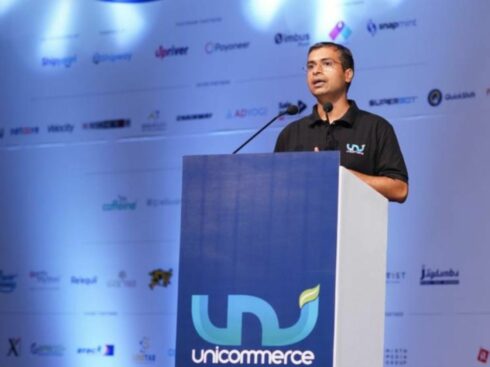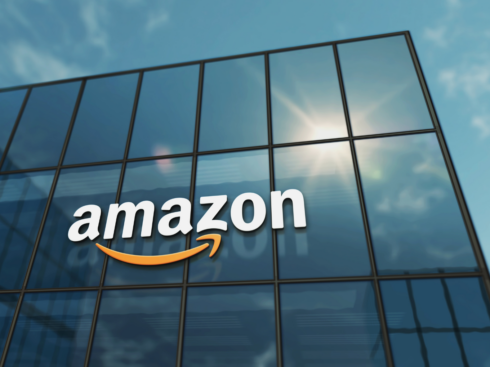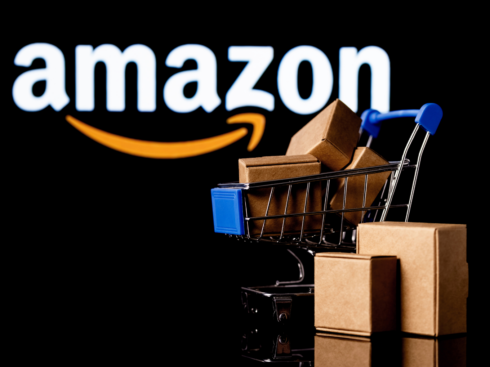
SUMMARY
Marketplace Pulse puts 38% of top sellers on Amazon as based out of China with minimal presence of Indian brands
The US market represents a great opportunity for Indian brands in terms of exposure, revenue and a whole new customer base
Indian brands must consider dimensions such as basics, right product, right team, and streamlined operations to make their brand US ready
Indian brands often find themselves underrepresented in the US ecommerce landscape. Marketplace Pulse puts 38% of top sellers on Amazon as based out of China with minimal presence of Indian brands.
However, this is bound to change soon. The US is the biggest ecommerce market and the biggest for Amazon by a mile. As per Q4 2021 results, Amazon GMS from North America is at $59 Bn, while International (Europe, Japan and India) is at $25 Bn. Amazon doesn’t break up Indian numbers, but it is estimated to be around 5-8% of US sales. A RedSeer report says that by 2030, India’s ecommerce market will be the third-largest by scale, and the annual gross merchandise value (GMV) is expected to reach $350 Bn from $55 Bn in 2021.
Given the higher purchasing power in the US, it presents a great opportunity for US brands, but there are a lot of things to consider before one makes a big investment. Let’s go through all the dimensions Indian D2C brands to consider before launching in the US.
The Basics
This section goes into essential details that D2C brands should start working on as they plan to launch in the US. Especially if the launch is planned for the next year or so.
- Trademark: Go to the official United States Patent and Trademark Office’s website and search the trademark database to make sure to see if any trademark has already been registered or applied for that is similar to the trademark being applied for. One can then approach an Amazon approved trademark attorney’s office and file an ‘Intent to Use’ trademark.
- Amazon Brand Registry: Once the trademark is filed and a ‘Serial Number’ has been assigned, the next step is the Brand Registry portal. An important step that cannot be skipped as it is impossible to run a brand in the US without it being registered. It runs the risk of listing hijackers or fake products being sold on the listing.
- Certifications: Amazon has been very stringent about certifications the past year. The Supplements, Healthy & Household categories often see Amazon suppressing listings without a Certificate of Analysis (COA). Like the trademark process, one should start the certification process early. It usually takes 6-12 months depending on the category.
- Patent check: This is something a lot of sellers miss. The US has strict patent laws and all legacy brands have in-house counsels who watch the marketplace closely to check if any of the sellers are violating patents. This is a difficult task to DIY, but do an initial check of the patents. Additionally, if the business is investment heavy, one should consult with a patent attorney (starting from $10K).
Choosing The Right Product
No surprises here. Once the basics are in place, the product is the most important factor to consider for the US launch. Amazon has enabled the global sharing of reviews. So keep the same ASIN (Amazon Standard Identification Number) to ensure that the reviews are carried over.
Here are a few pointers to do additional research based on the niche your D2C brands is operating in:
- What products in the portfolio work for the US market?
Generally, the strategy recommended is to use India as the “test” market. The cost of product launch is lower and regulations are much easier to navigate in India. Make changes to the product portfolio based on customer feedback and then launch the winners in the US/EU markets.
- Is there enough demand for the product in the US market?
Do your own research. Start with Amazon’s Brand Analytics to understand the demand trends. There are also a few Amazon marketplace tools for further research.
- What’s the review base for the product to be able to compete in the US market?
Look up the common keywords relevant to the product on Amazon. The next step is to check out the average reviews that show up on page one.
- Will it be cost-beneficial?
Have an intricate understanding of your costs. US market is expensive to operate and the COGS (Cost of Goods Sold) shouldn’t be more than 20-25%.
How To Go About Building A Team?
I recommend having a dedicated team to run the US D2C business. Running an Amazon US D2C brand needs a completely different mindset and an understanding of the average American consumer. It would be ideal if the team members have worked or studied in the US.
Don’t outsource the entire US business to a distributor or agency. Do keep in mind that no external party will handle the business as the founder will. The founders should keep control of the US business amongst themselves. Though one can outsource areas like PPC which one might need additional expertise with.
Streamlining Operations
Even in good times, operating in the US is exponentially harder than operating in India. With the current state of ocean freight shipping, shipping timelines and inventory restrictions in Amazon warehouses, the inventory needs to be planned out well. Unlike in India, once the stock is out in the US it is very difficult to get back the organic spot due to competition.
Furthermore, to make things worse, Amazon has been very erratic with storage limits and restricts the amount of inventory that can be sent to Amazon fulfilment centres. So having a 3PL is a must where the inventory is housed and FBA shipments are created every few days. A lot of flexibility with working capital is essential due to delays caused by lead time and extended ocean shipping times
Overall, there are a lot of challenges with running a D2C brand in the US. It is highly recommended to start thinking on these lines and planning for them if the launch is a year away. The US market represents a great opportunity for Indian D2C brands in terms of exposure, revenue and a whole new customer base.


























